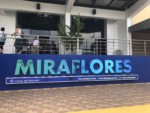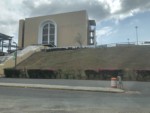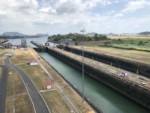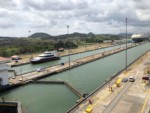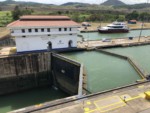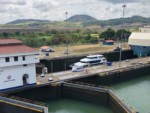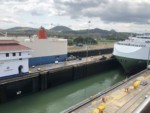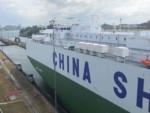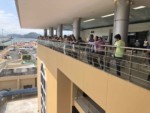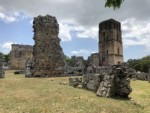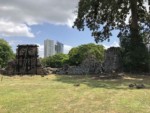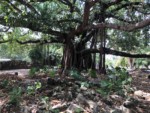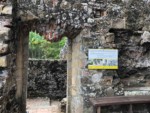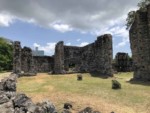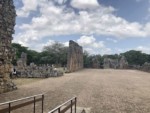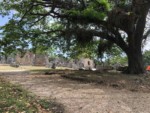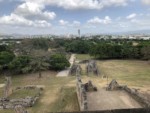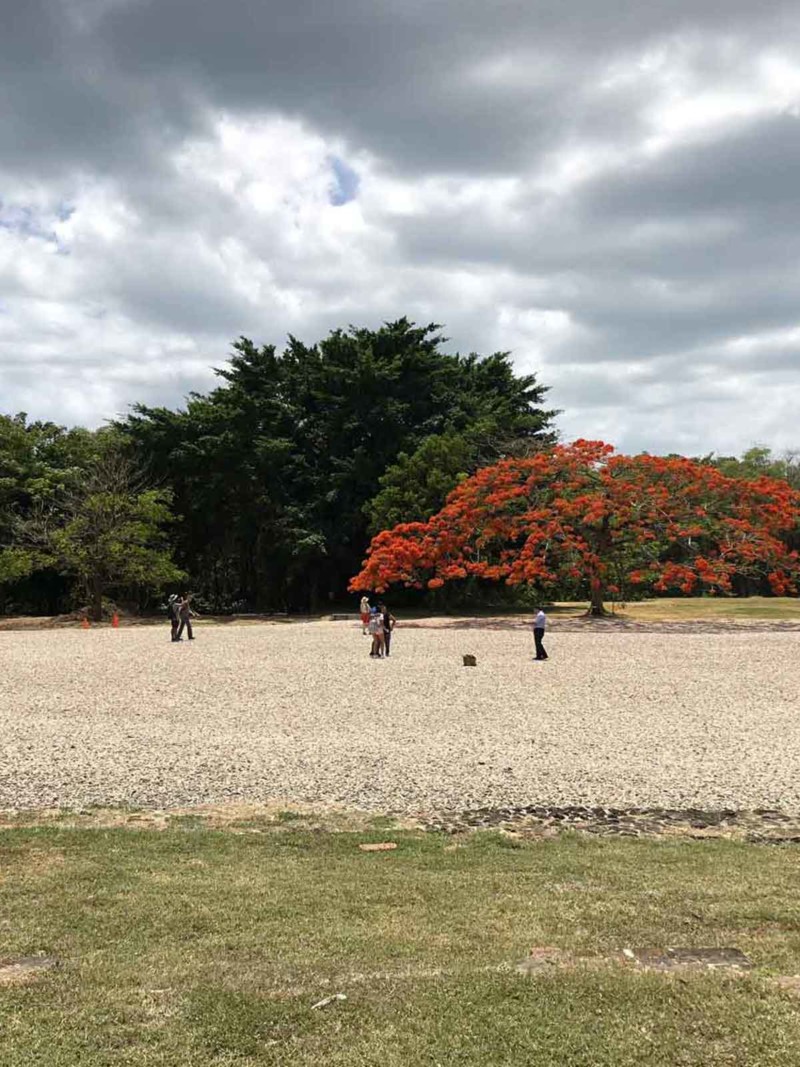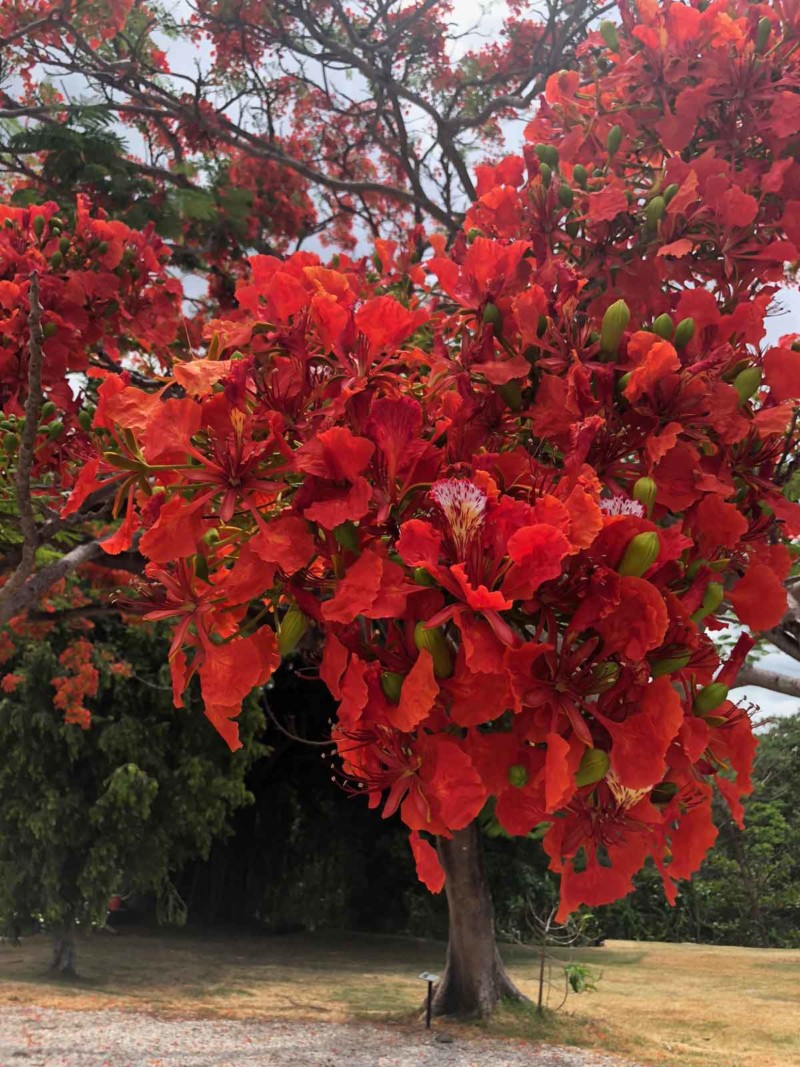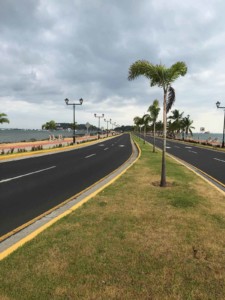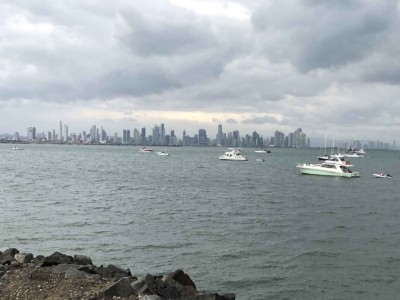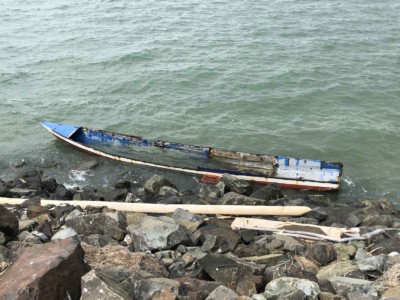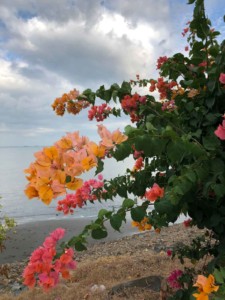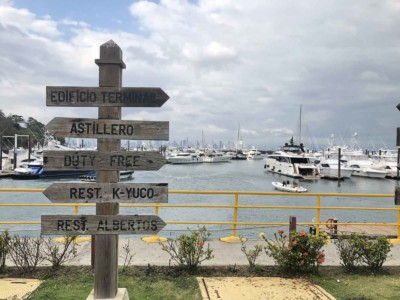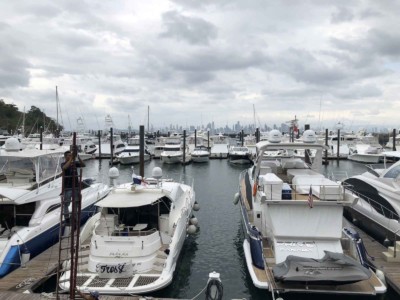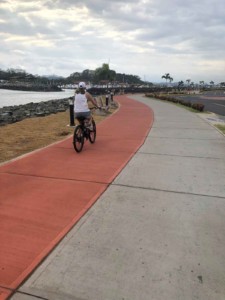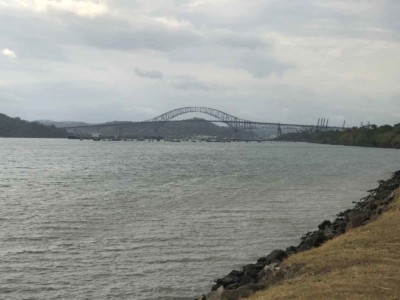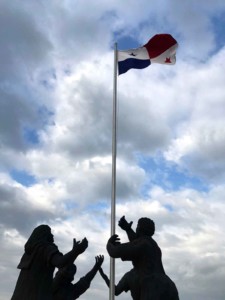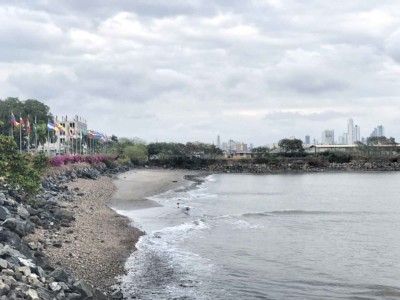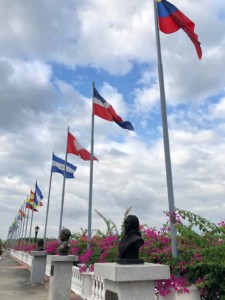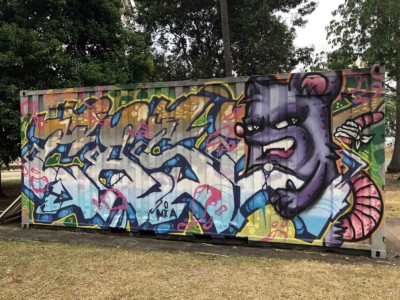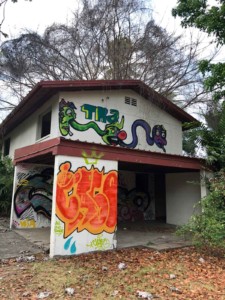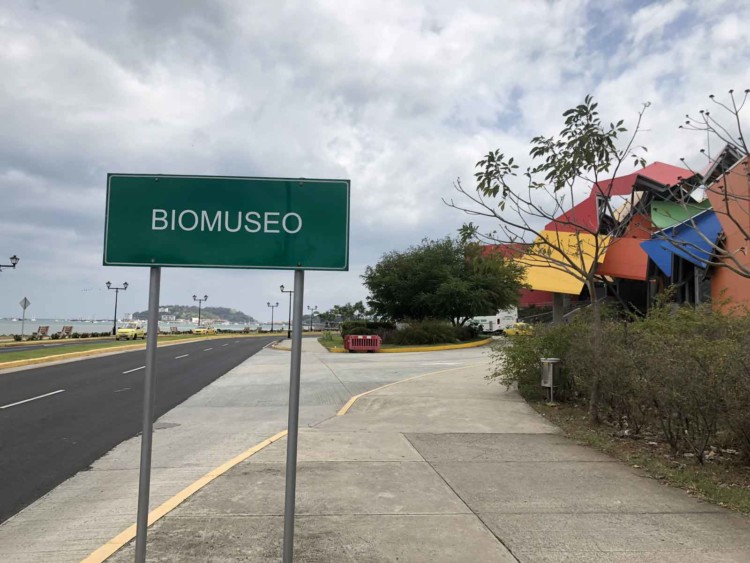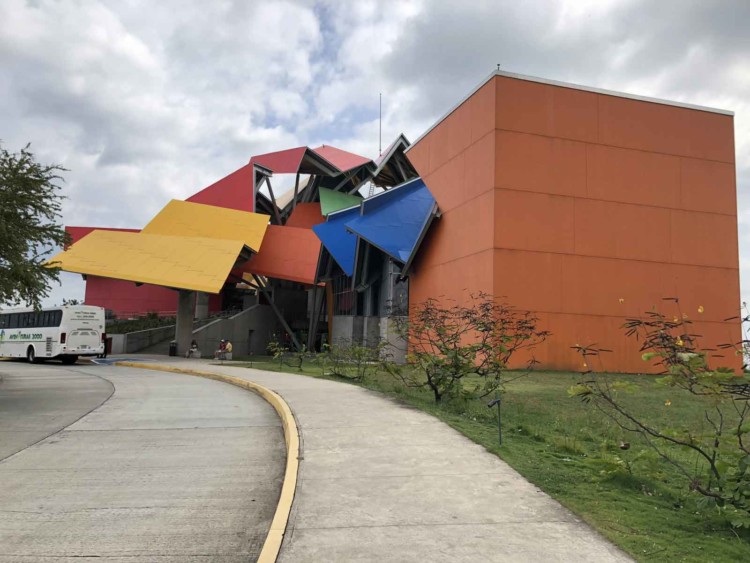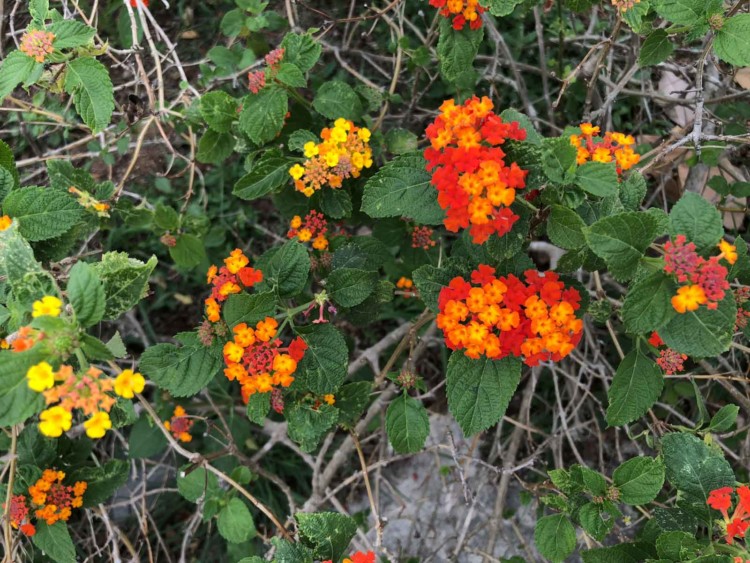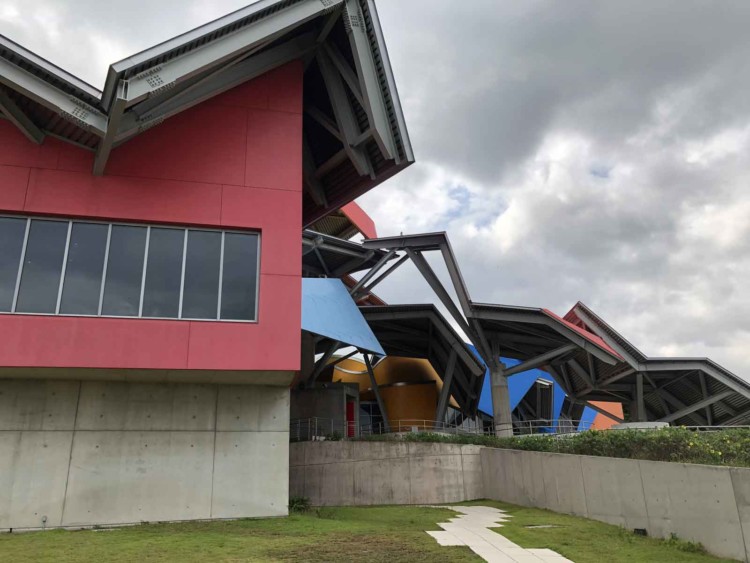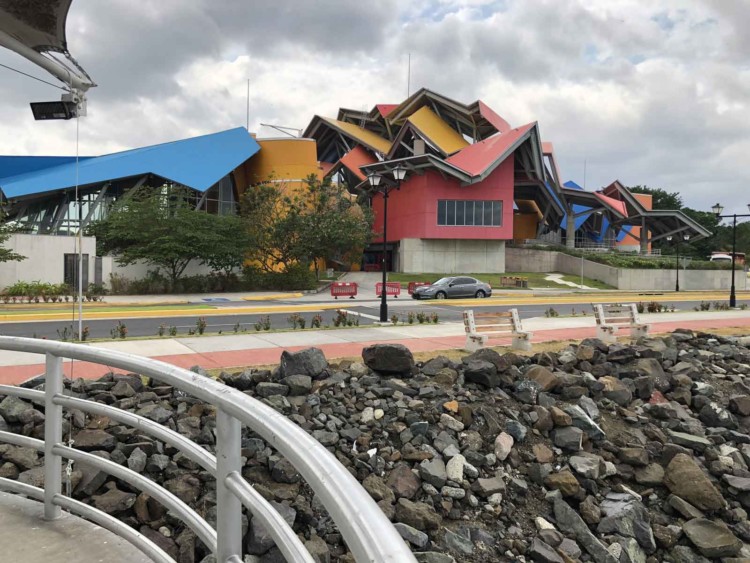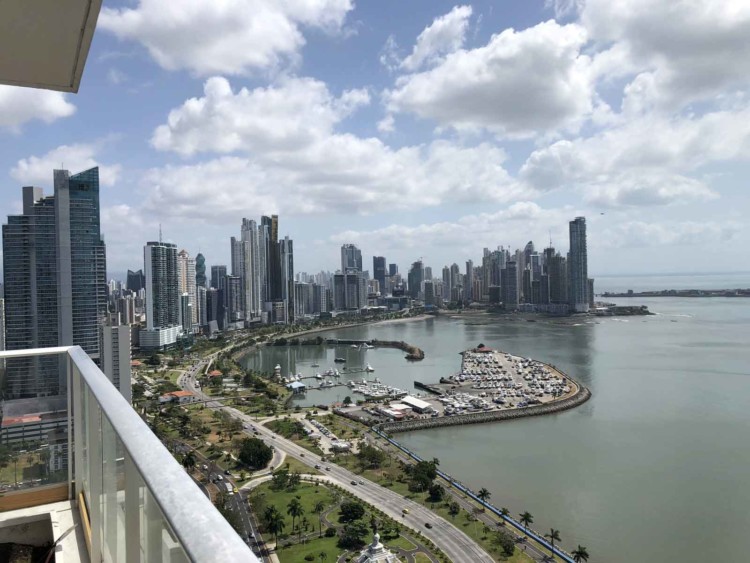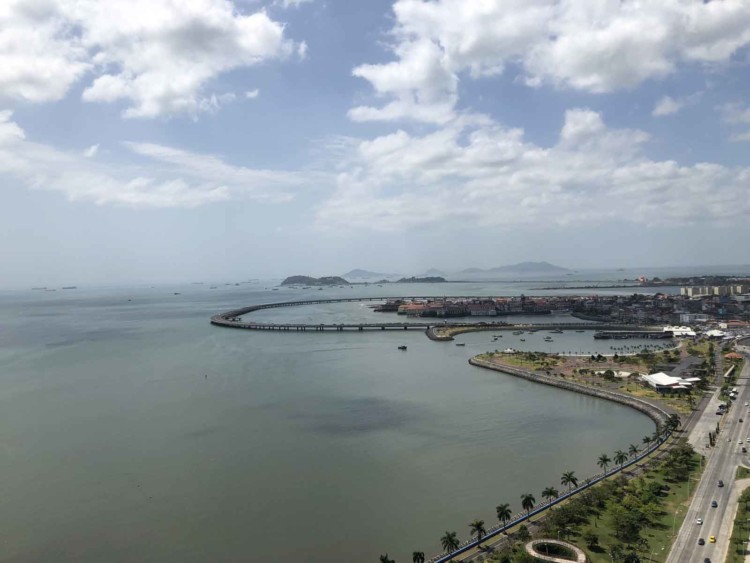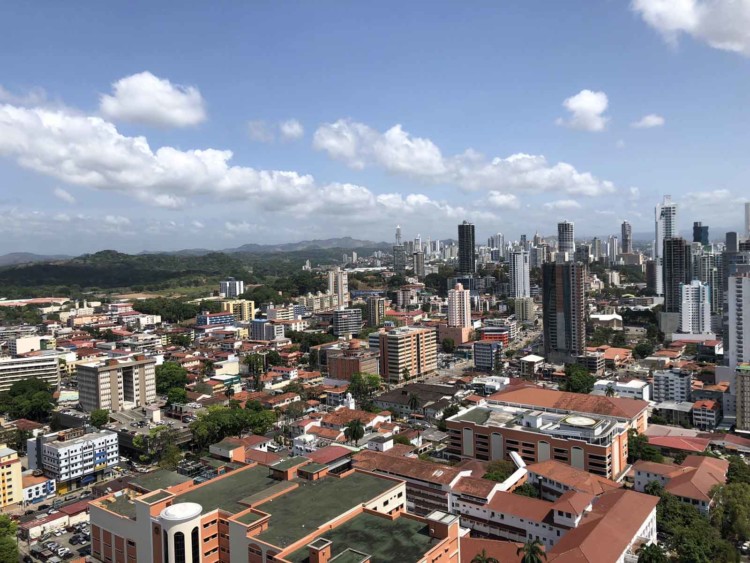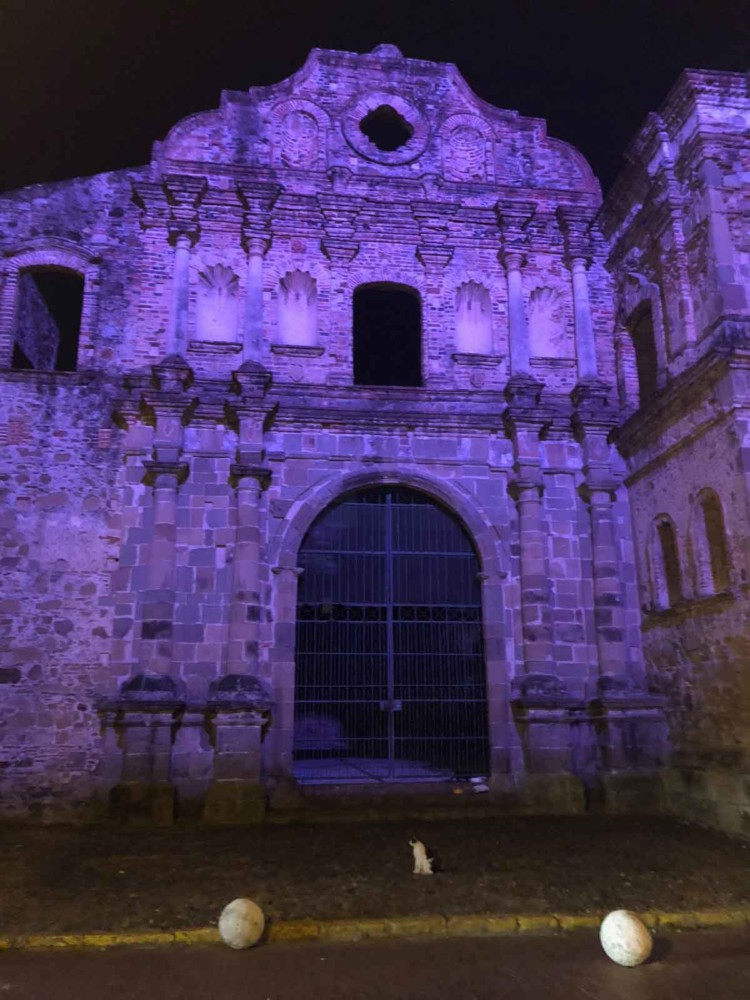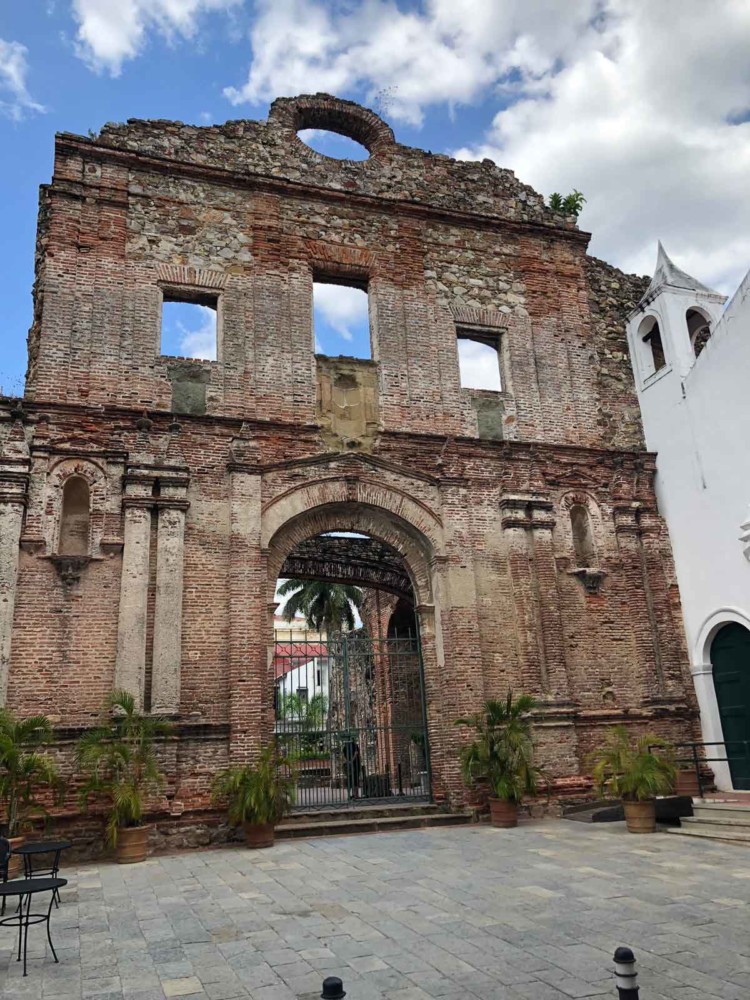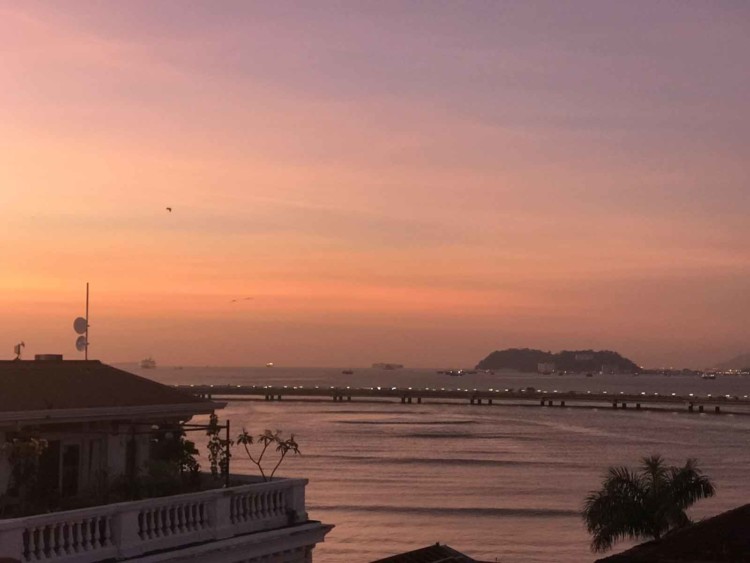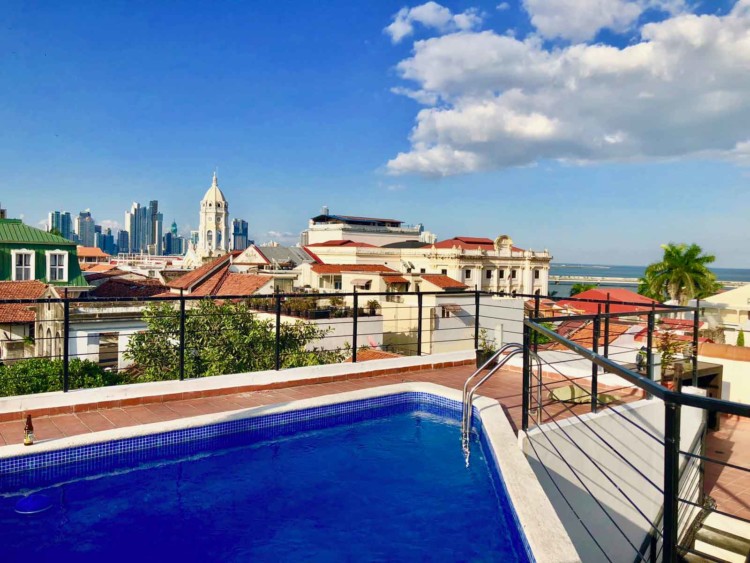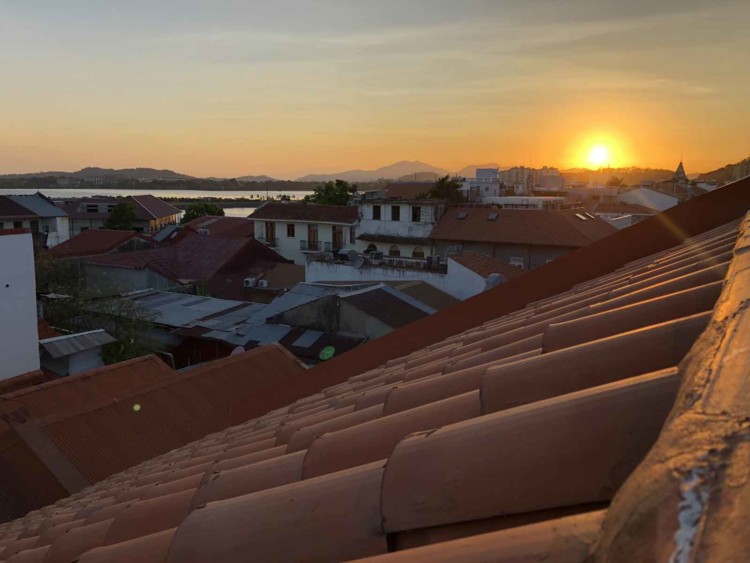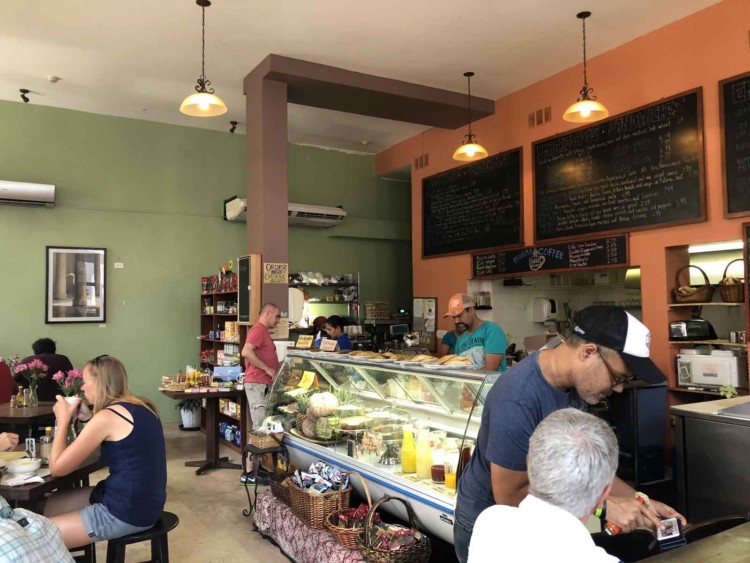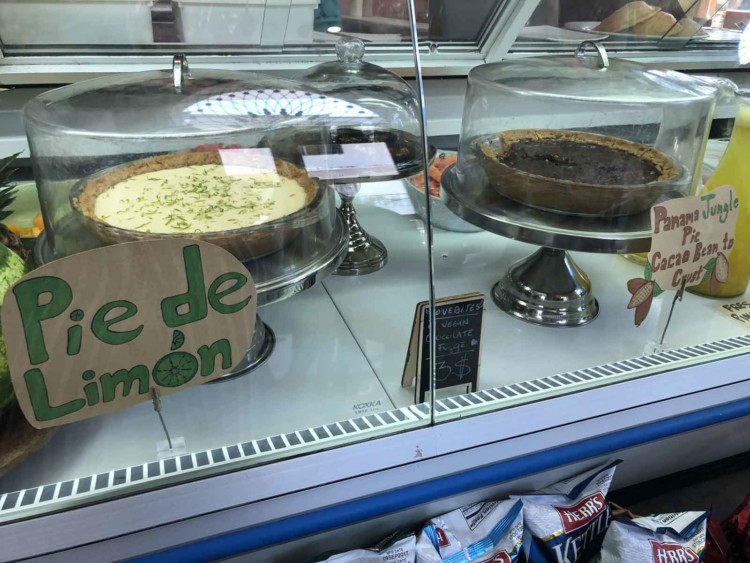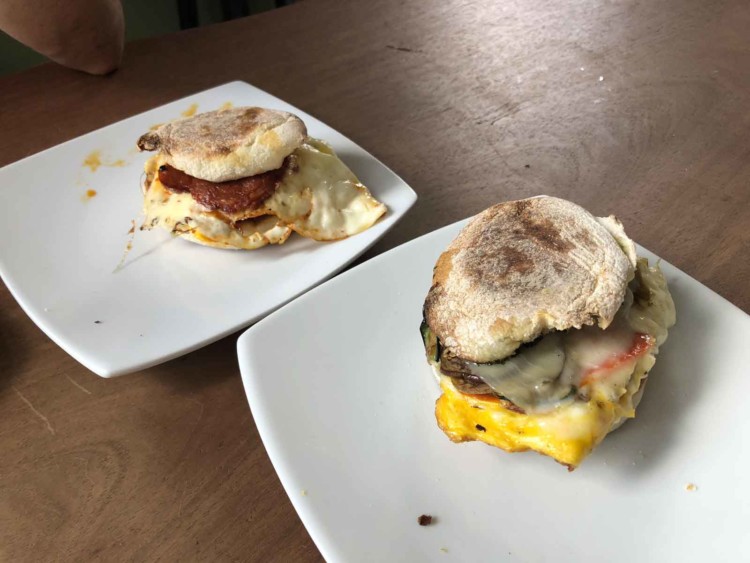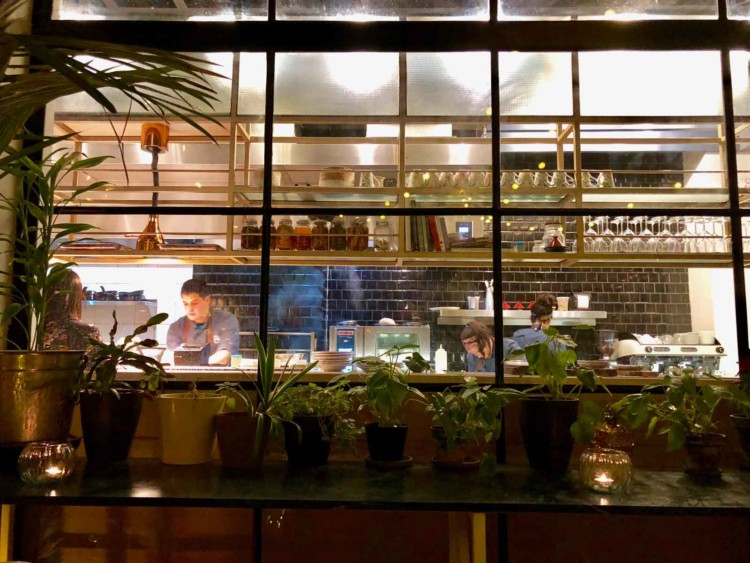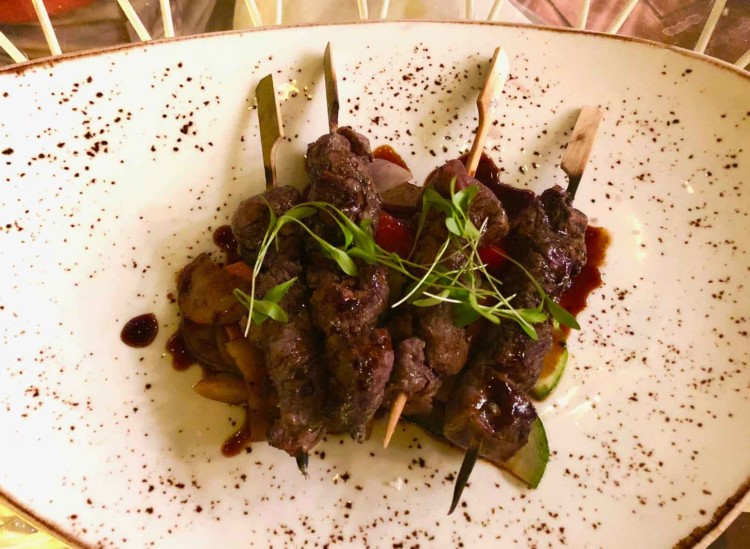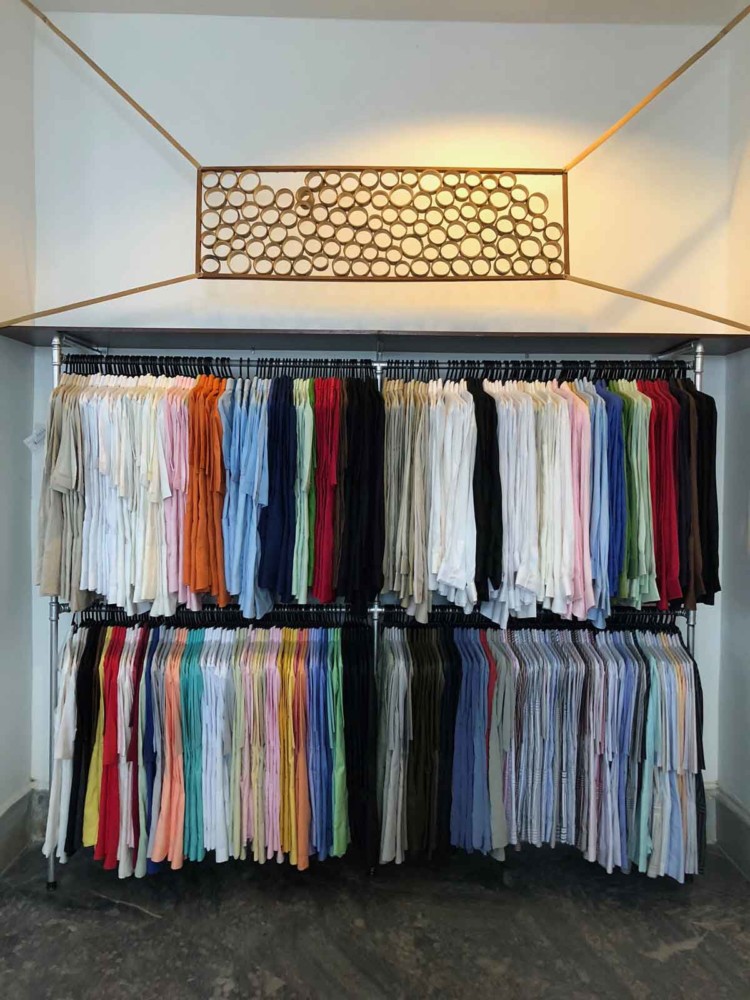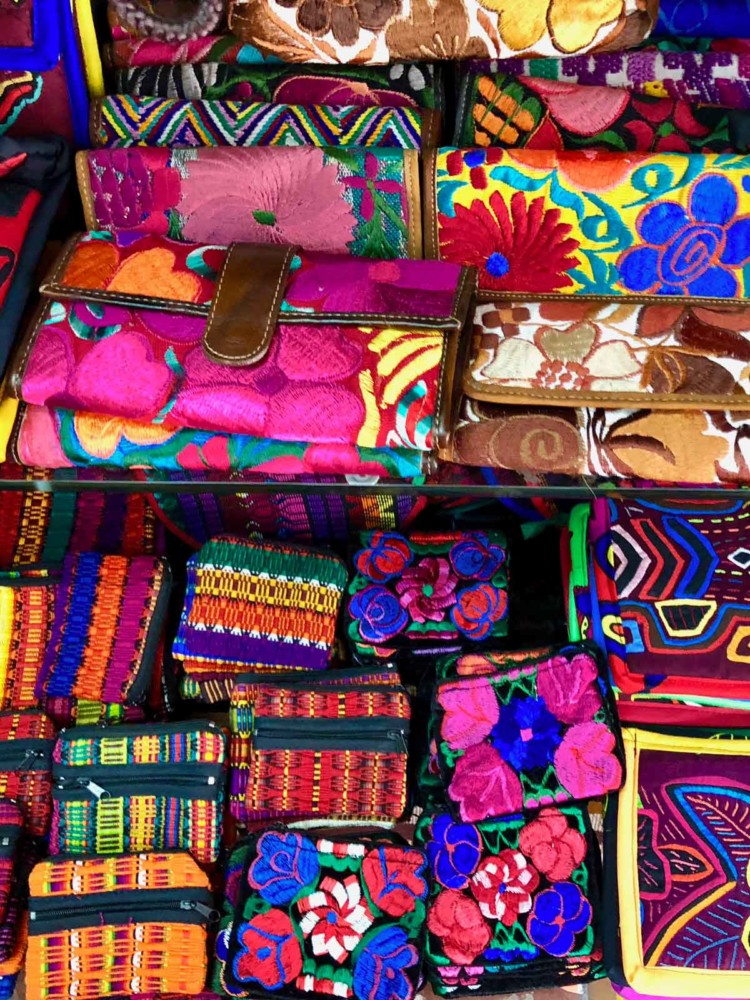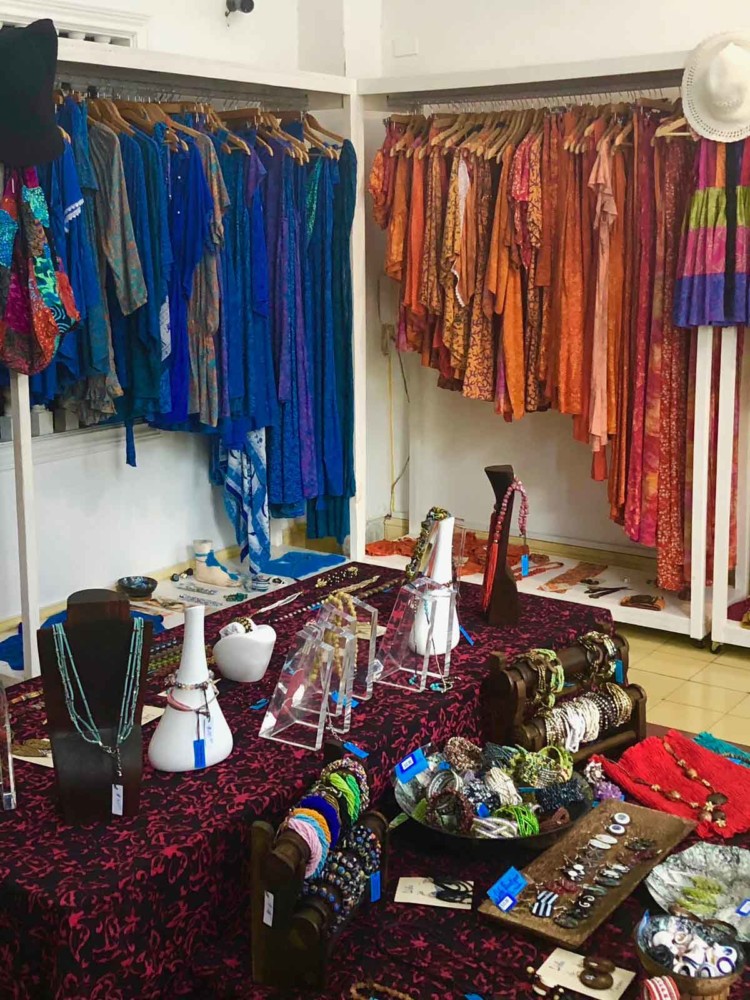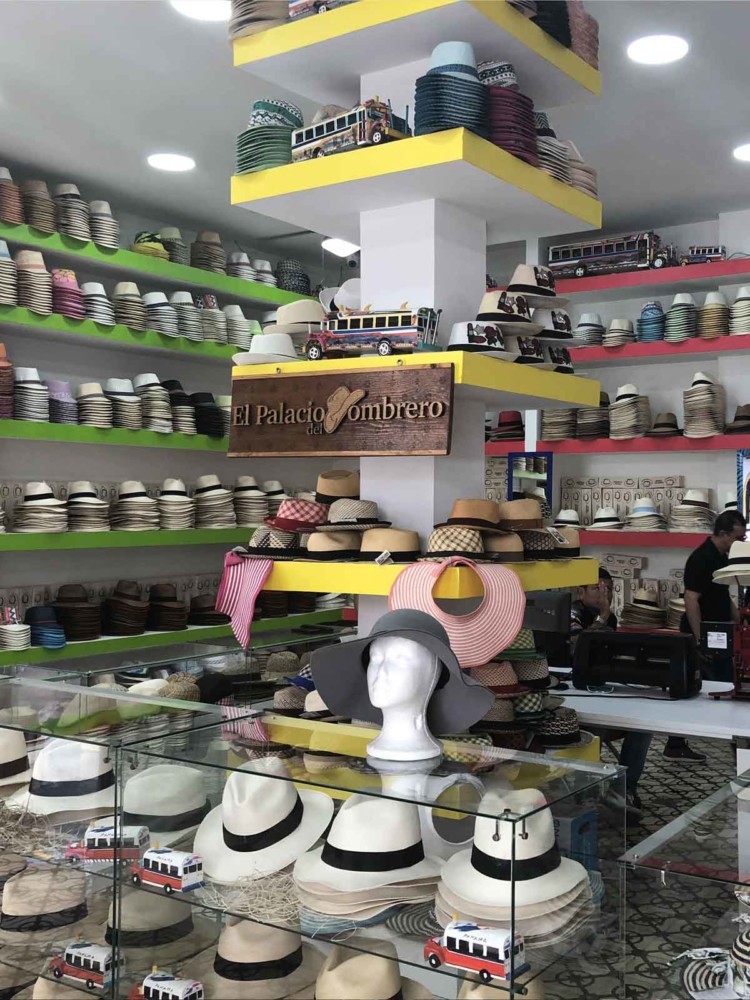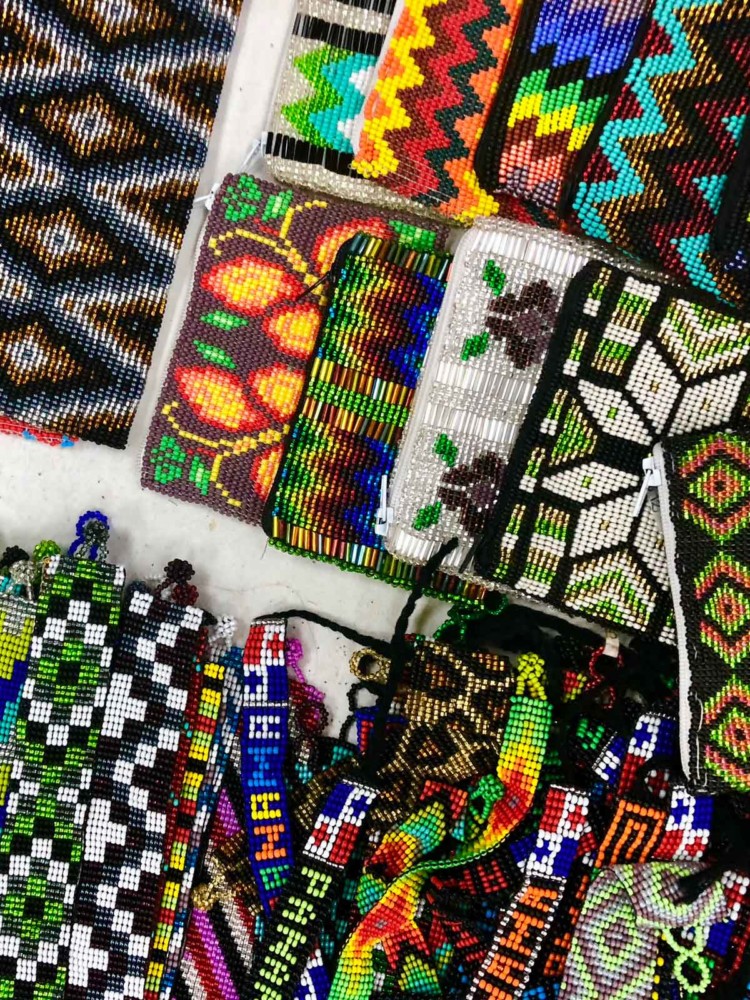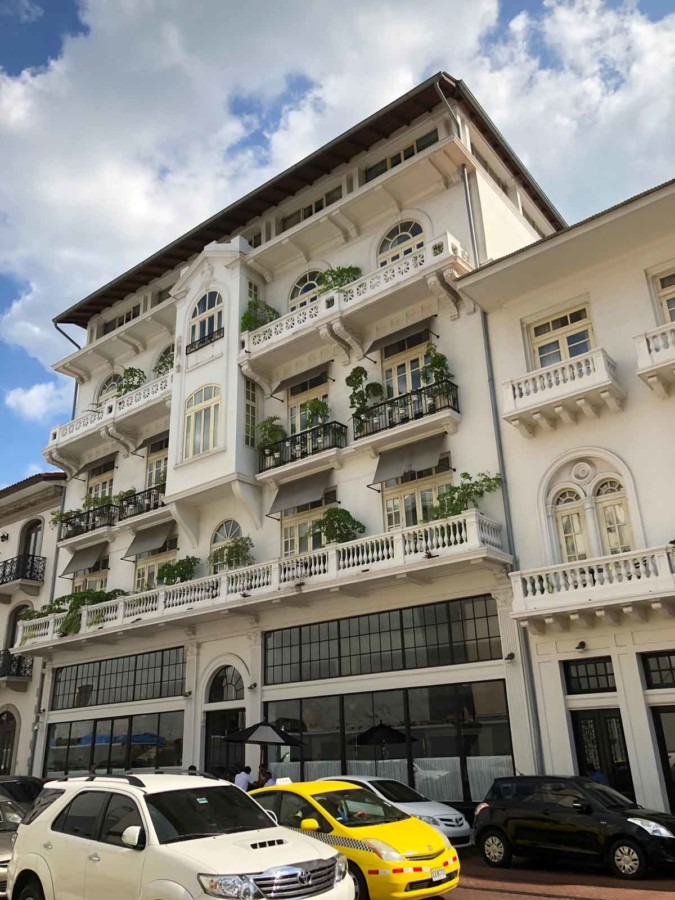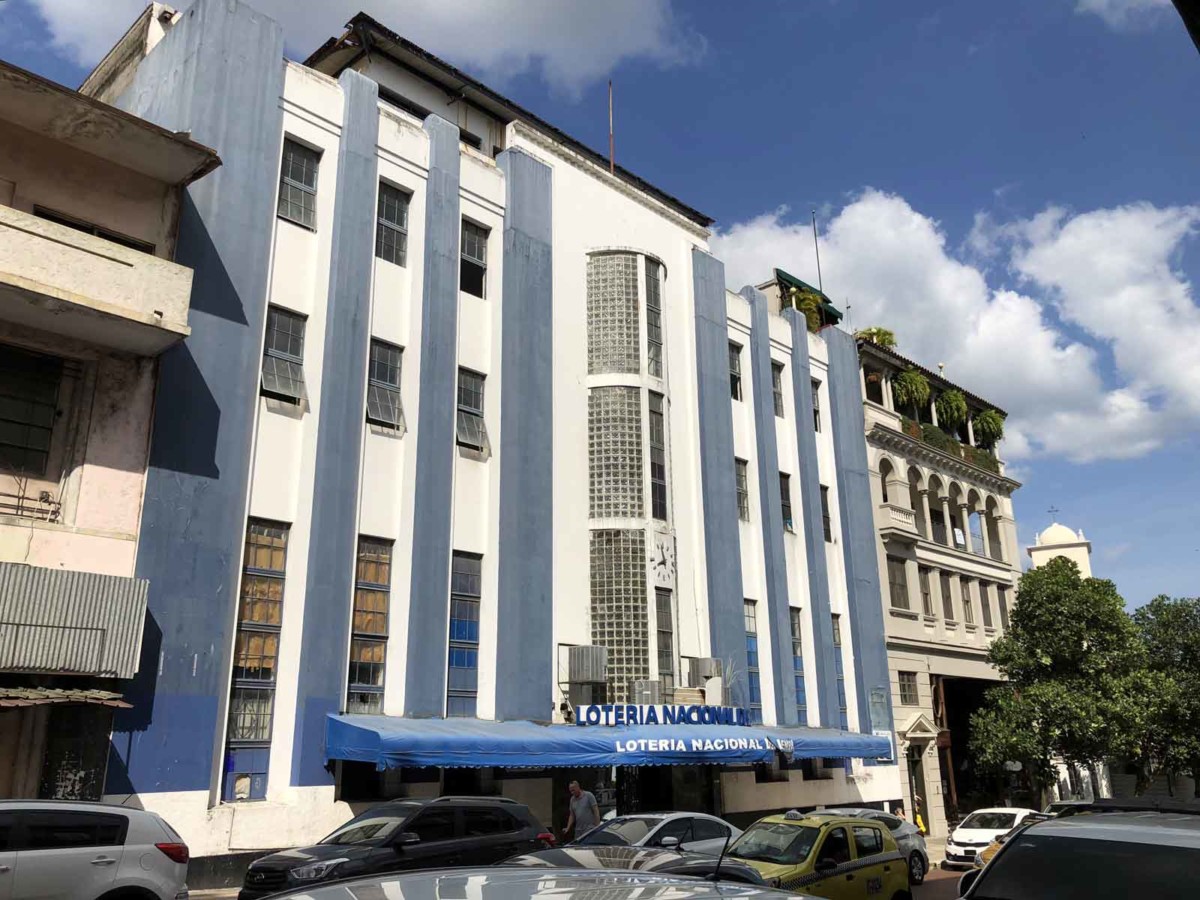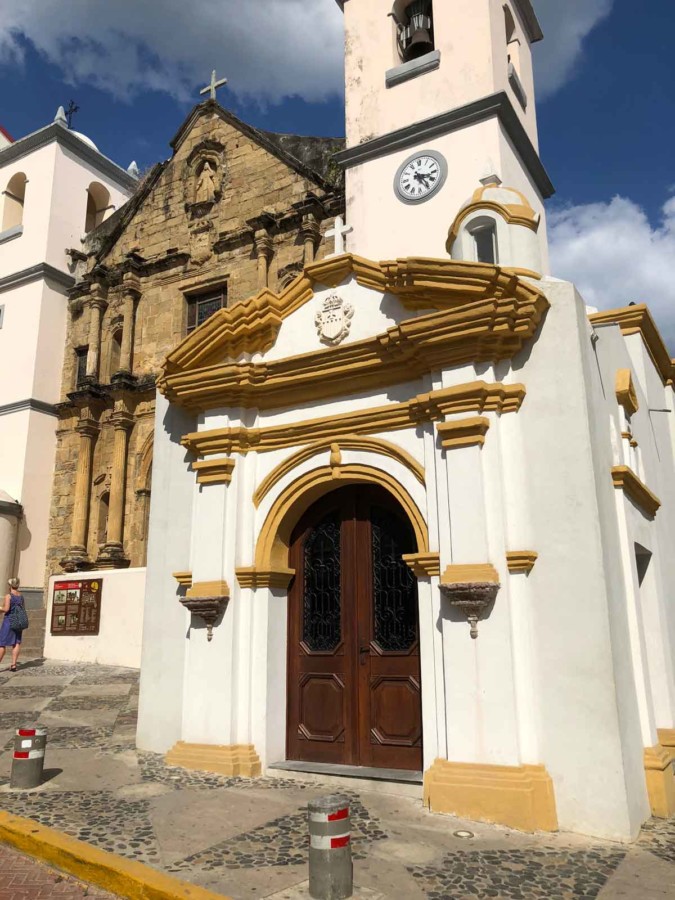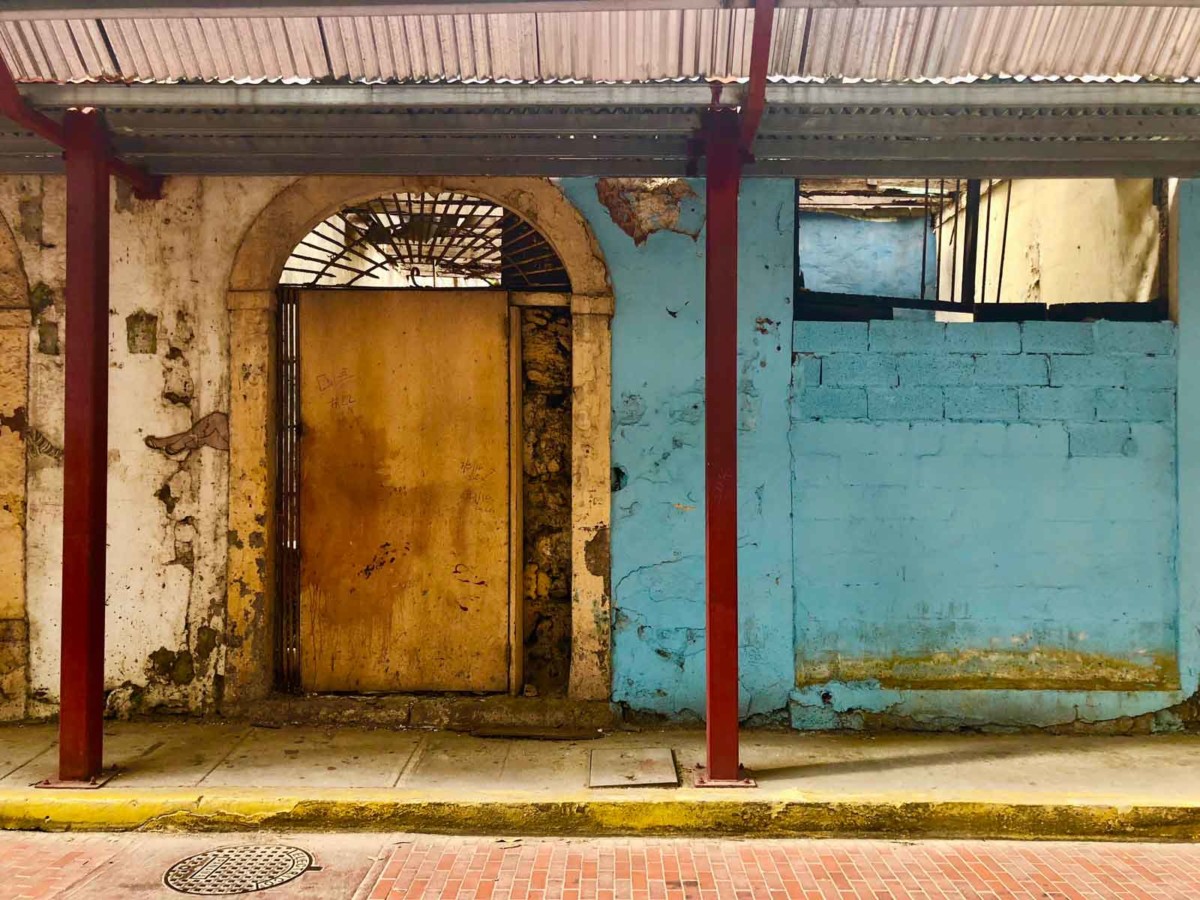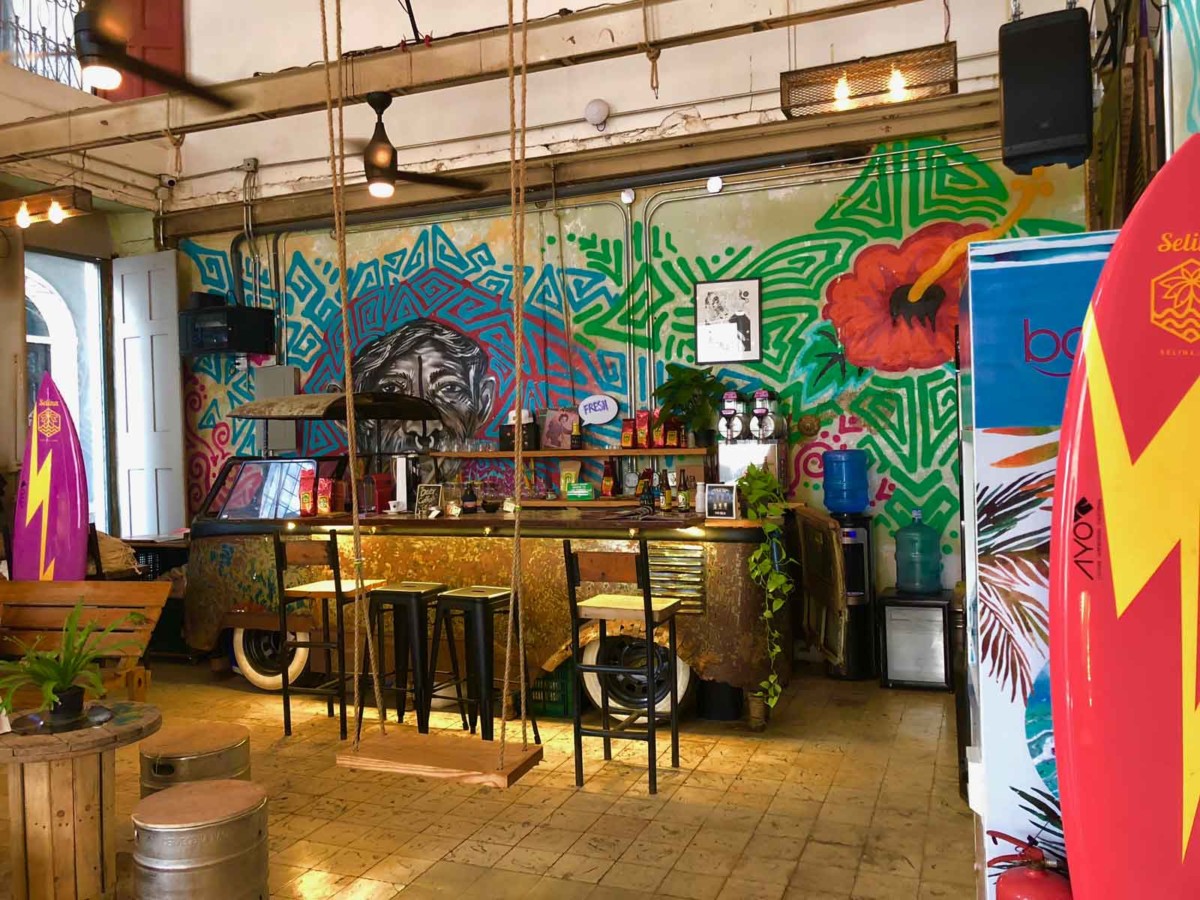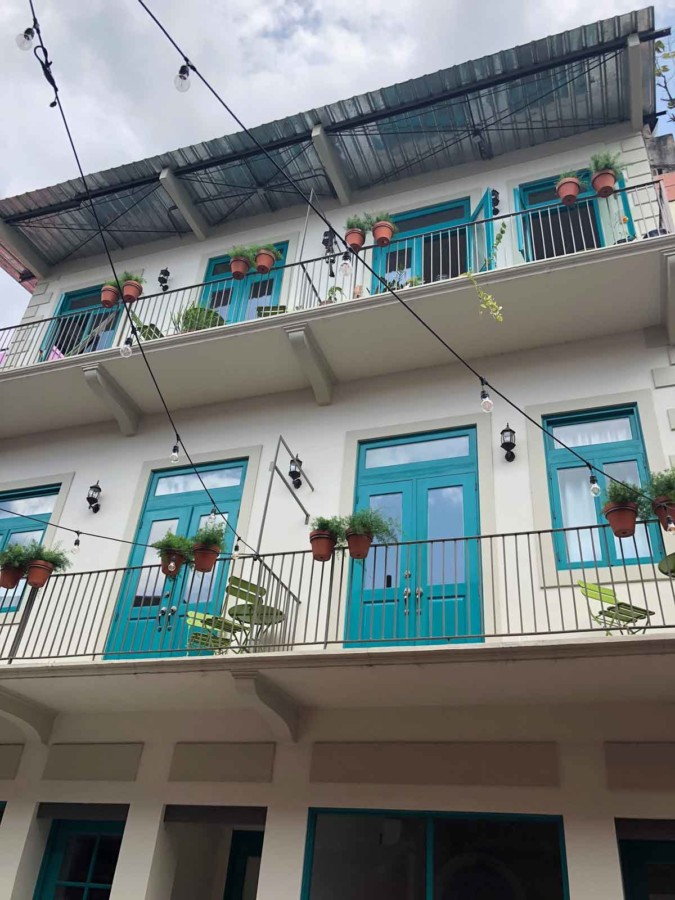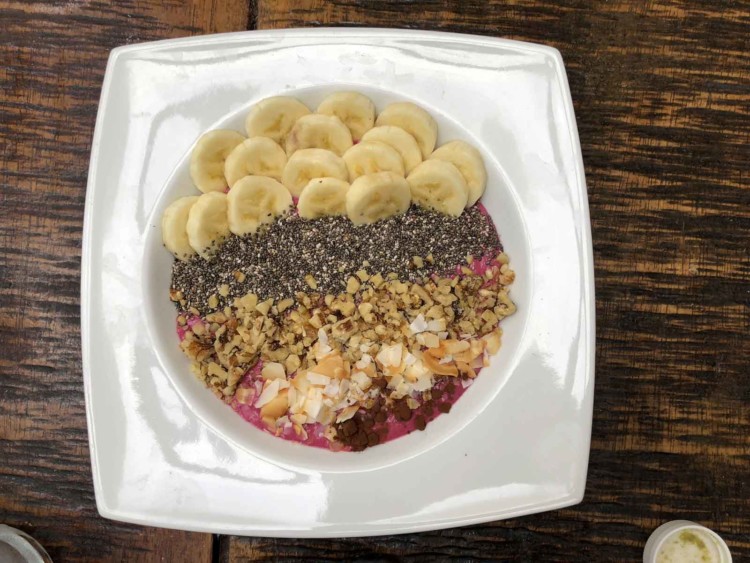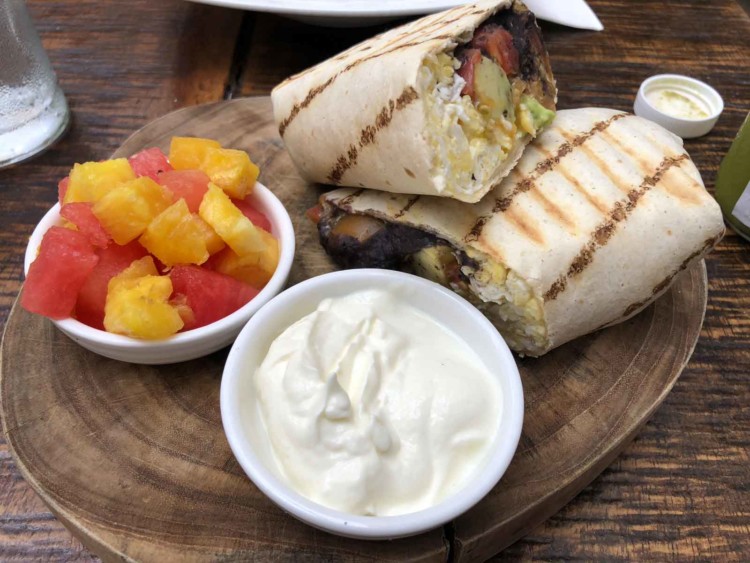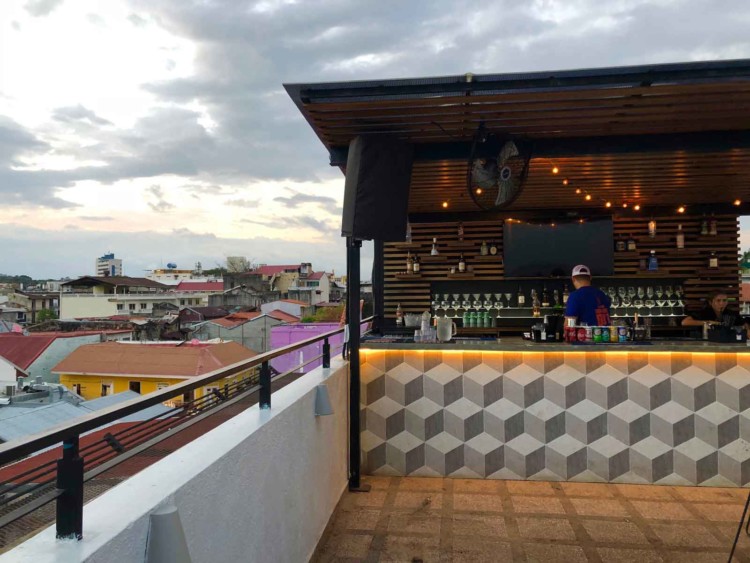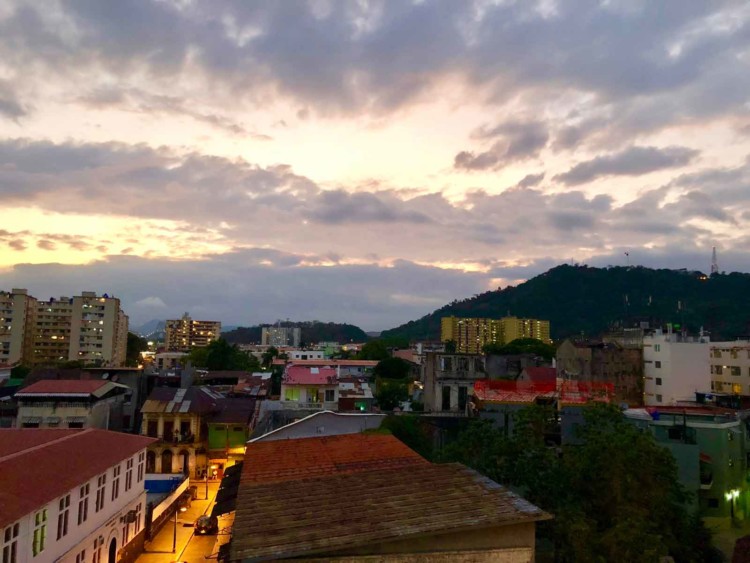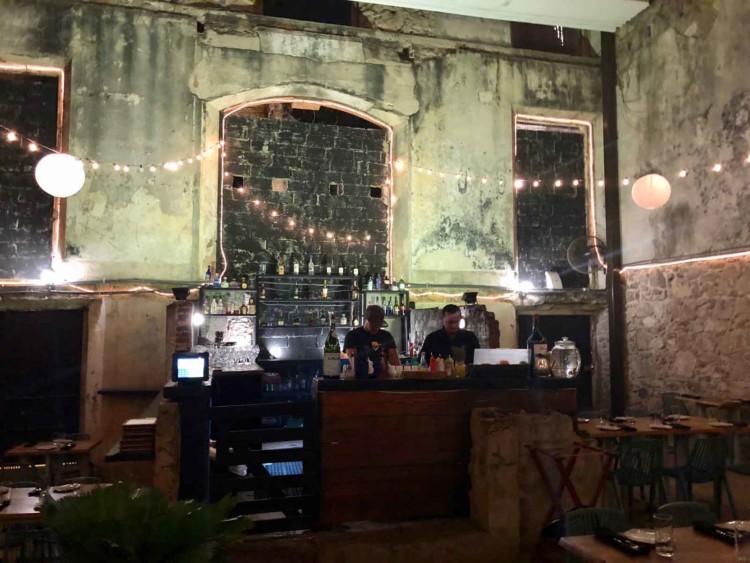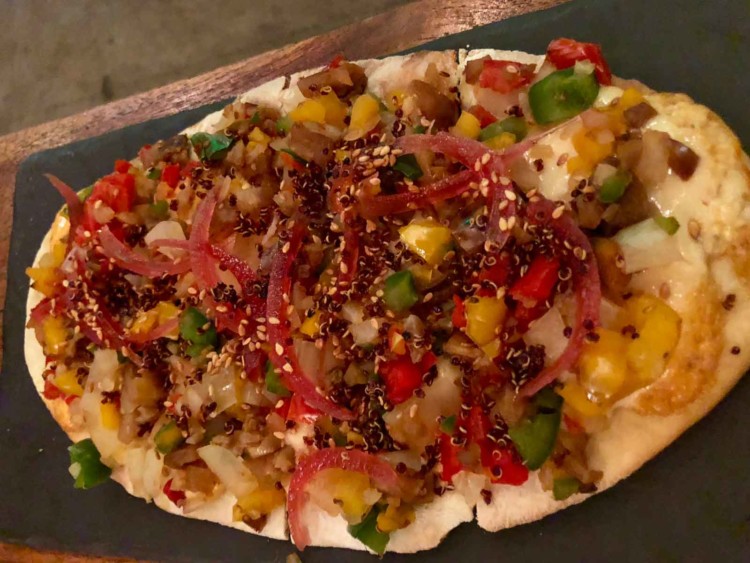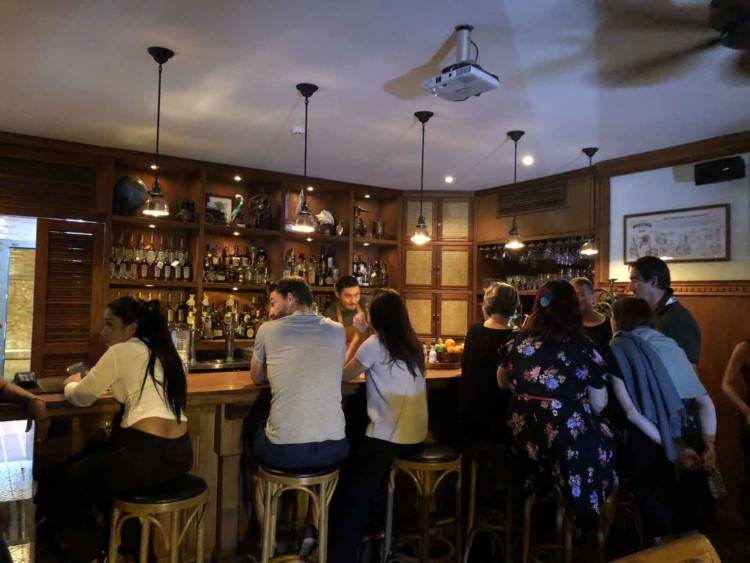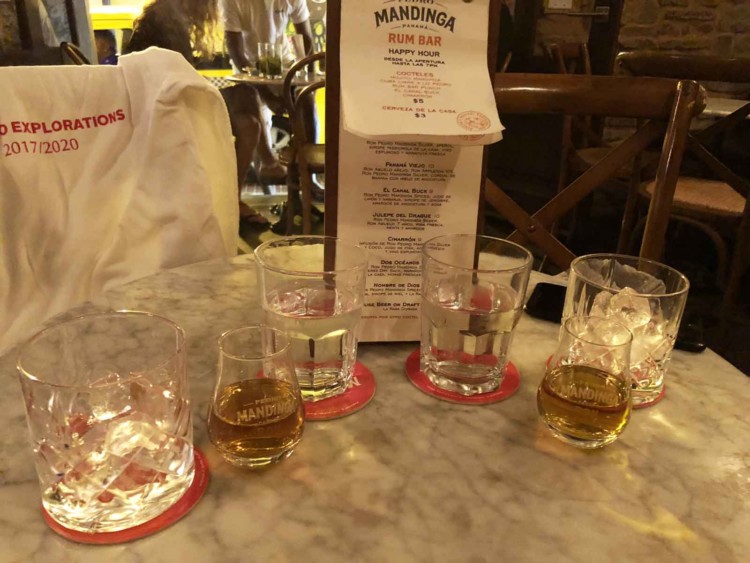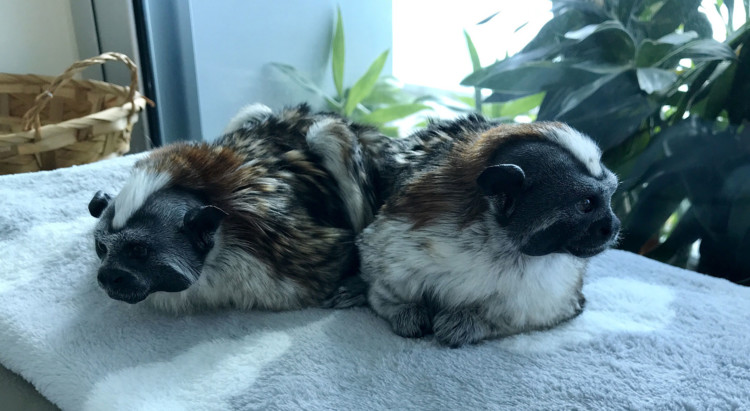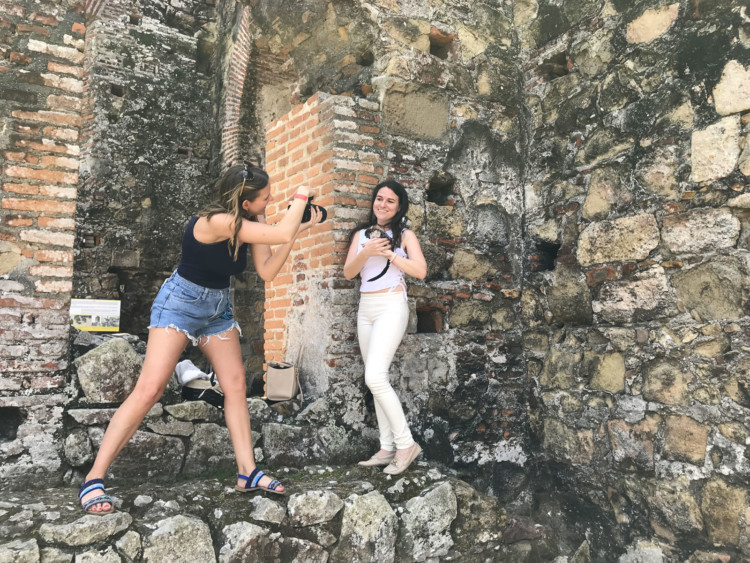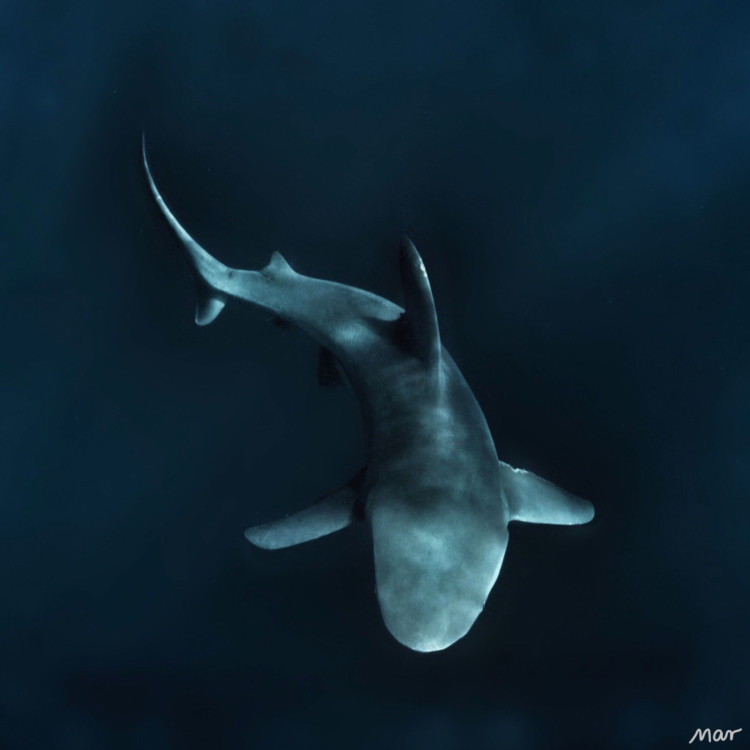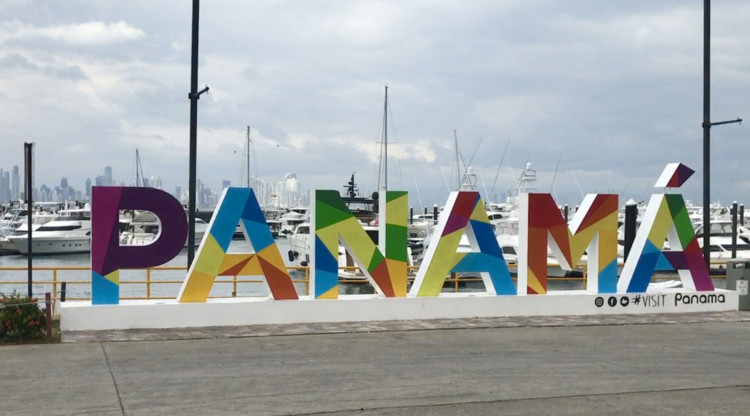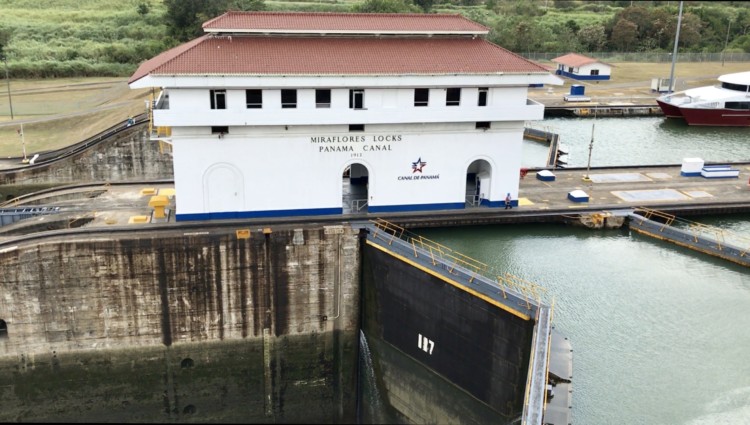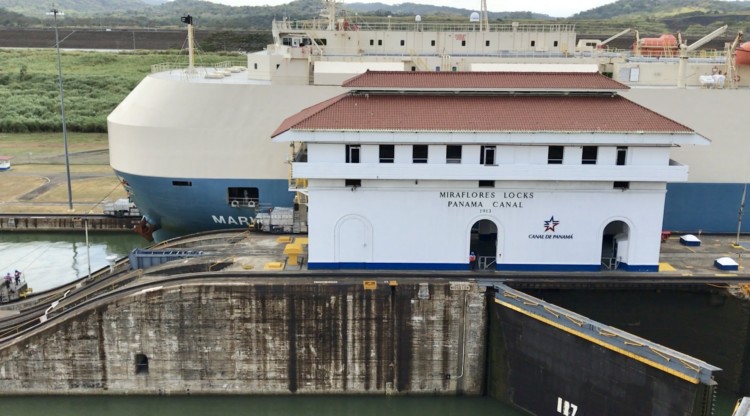We are on our way to Malpelo (Colombia). We left Panama City (Panama) last night after reloading the boat with fuel and food. We will travel 36 hours before arriving. Our mission in Malpelo includes tagging sharks and sampling for Environmental DNA.

After spending the first couple of days exploring Casco Viejo, I ventured out into the city to see what else it had to offer, and to meet the scientific teams who were starting to arrive. For the 2nd part of the week, I stayed at Hotel Sortis in the downtown business district, which is a completely different (but also great) experience than staying in Casco Viejo. One of the most important attractions in Panama is the Panama Canal, which I would have liked to been able to be at while our vessel passed through, but the timing did not work. Some of my favorite parts of Panama City outside of Casco Viejo are listed here.
Miraflores Locks – Panama Canal Visitor Center
The visitor center has viewing decks at multiple levels so you can watch the whole process of ships passing through. They also have a movie, and time lapse video. I went straight to the viewing deck and watched as 3 ships passed through. The photos show the basic process; the ships are guided toward the gates by a small trolley car, the water is pumped from one side to the other until it is level, and the gate opens, and the ships pass. It is truly something to see.
This site is all the way across the city but is more than worth the visit. It is the site of the first European Settlement on the American Pacific coast. The city was established in 1519, and destroyed in 1671. Today the site is a beautiful monument and park area where you could easily spend hours.
Bonus – the Guayacan tree was in bloom! These trees are only in bloom for one or two days before the leaves fall and make a blanket of color on the ground below. I had very good luck to see this red flowering Guayacan in bloom.
Amador Causeway – this is a land bridge that connects 4 islands to the city, located close to the Pacific entrance of the Panama Canal. The best way to visit is by walking or biking as the views are spectacular and there are many places to stop along the way. I rented a bike just at the beginning of the causeway at Bicicletas Moses and rode all the way across, stopping for a juice at the end of the road and then biking back on the opposite side to take in the views there. You can also rent little 2 or 4 seat peddler carts if you have kids with you, or backpacks. Along the way you can see boats, city views, shops and restaurants, the marina, statues, and a cool spot where some containers and buildings have been covered in graffiti.
Biomuseo architecture by Frank Gehry
Outside the BioMuseo is their diversity park – but no bikes inside the park, so I suggest you go to the Museo before renting your bike. The building is closed on Mondays. The architecture itself is impressive, but the galleries and park are well worth taking the time to stop.
Downtown and the skyscrapers
The downtown areas are impressive with so much going on, lots of traffic, and huge skyscrapers. Unfortunately I did not have much time to explore but I have read there are some great rooftop restaurants to visit. One of my favorites while I stayed in the downtown area was Moma Restaurant and Lounge – the outside seating is spectacular with a huge painted graffiti wall, big screen and projector, and quiet ambiance in the heart of the city – and the food was wonderful!

I arrived in Panama City early to prepare for our mission to Malpelo Island without having been here before or knowing what I might discover. It has been a full week of sites to see, kind and helpful people, and great food.
Panama is a country of about 4 million people, half of which live here in the coastal capital of Panama City. It feels like two cities instead of one. The downtown business district has many skyscrapers and modern buildings. There is also the old town, known as Casco Viejo, which is full of historic buildings and churches, and there you have an equal mix of business and residential, with no sight of highrise buildings.
For the first few days of the trip I took the advice of many travel bloggers and stayed in Casco Viejo. This historic district of the city was built after the original Panama City was almost completely destroyed when pirates attacked it in the 1600’s. This area is very small with three main streets and only 10 to 15 cross streets. This makes it very easy to walk around and explore all of the shops, restaurants, and historic sites in just a few days. Some of my favorite places were;
Iglesia de la Compañia de Jesus, which is equally cool to visit during the day and after dark.

The rooftop deck views from the AirBNB apartment (and the pool was nice too).
Breakfast at Super Gourmet – the Panama Jungle Pie and Pie de Limón are a must!
Lunch at Tacos la Neta

Dinner at OCHO Y MEDIO
Seeing all the amazing and colorful textiles in the many shops, the Panama hats (which are actually made in Ecuador) and all of the Mola art
The contrast of old and new; there is definitely revitalization going on here.
Mähälo – any time of day. Great brunch, lunch, juice, local beer, cocktails
The rooftop view and dinner at Tomillo; go at 6pm for the rooftop cocktails and sunset, and then go downstairs to the ground floor courtyard and bar for dinner
And finally a nightcap and dancing (if you please) at Pedro Mandinga Rum Bar
We spent International Women’s Day in Panama City with local artist and conservationist Aïa Mar who spends time studying Earth’s elements and species and transforming her experiences int o artwork that is aimed at raising awareness for biodiversity conservation. You can read more about Aïa and her work (and her 2 rescued monkeys) on our blog
Photos 1 & 2 © Monaco Explorations (2018). Photo 3 © Aïa Mar
Monaco Explorations next mission will be at Malpelo Island in the Eastern Pacific Ocean about 500km off the coast of Columbia. The Monaco Explorations team and scientific teams arrived in Panama City, Panama to prepare for the mission. Our vessel arrived in the Pacific Ocean via the Panama Canal on March 8th. It took a total of 9 hours in total to pass through the 80km canal. Construction on the Panama Canal began in 1881 and was completed in 1914. Nearly 14,000 ships pass through the canal annually.
